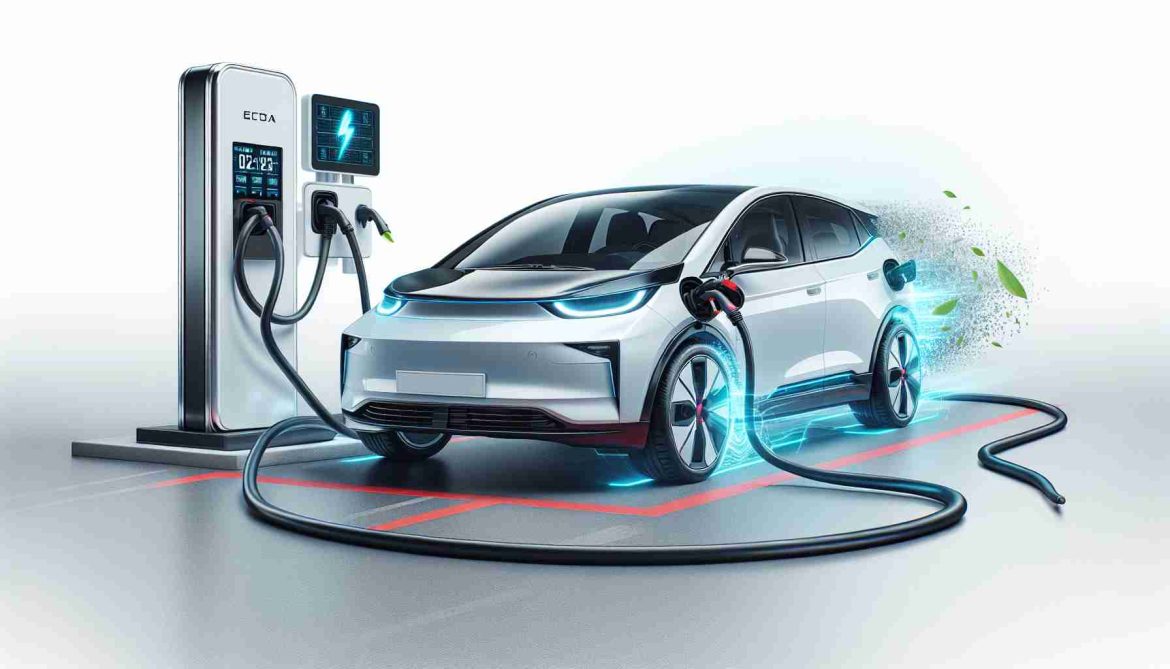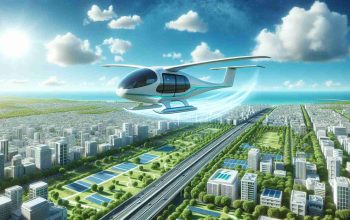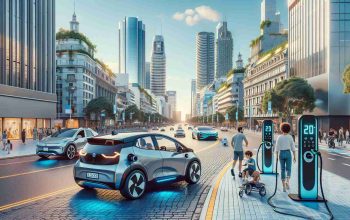Tesla’s Latest Innovation in Charging
Tesla, under the guidance of Elon Musk, is renowned for its electric vehicles and robust charging network. Recent developments reveal that Tesla is testing new charging powers, potentially reaching an impressive 320 kW, surpassing the existing 250 kW limit.
Power and Efficiency Redefined
Recognizing the importance of a rapid and efficient charging infrastructure, Tesla has expanded its supercharger network globally to over 50,000 rapid charging points capable of delivering up to 250 kW. This advancement significantly reduces charging times, making long-distance travel more convenient and eliminating a key barrier to the widespread adoption of electric vehicles.
Introducing 320 kW Charging
Reports from California indicate charging speeds exceeding 320 kW at select Tesla stations. These findings, initially shared on social media platforms, have been confirmed by Tesla’s chief engineer, Wes Morrill. The preliminary tests focus on evaluating station and vehicle behavior under higher power.
Future of Fast Charging
While the current tests primarily involve users of the Tesla Cybertruck designed for 250 kW, the potential for all Tesla models to benefit from even faster charging is an exciting prospect. Early results show promise, hinting at a potential shift towards 320 kW becoming the new standard for Tesla superchargers.
Enhanced User Experience
The implementation of 320 kW stations would significantly benefit Tesla users, further reducing wait times and enhancing travel convenience and efficiency. This advancement could accelerate the transition towards sustainable transportation, making electric vehicles a more appealing choice for a wider audience.
Continual Innovation
While Tesla has not announced a widespread rollout timeline for the 320 kW upgrades, ongoing tests underscore their commitment to innovation. The Tesla community eagerly awaits further developments, anticipating more test sites in the coming months.
Setting New Industry Standards
Tesla’s pursuit of higher charging power exemplifies its leadership in the electric vehicle sector. Through its supercharger network, Tesla not only facilitates EV adoption but also establishes new benchmarks for efficiency and convenience. The 320 kW trials mark a significant step towards enhancing user experience and solidifying Tesla’s position as a trailblazer in fast-charging technology.
Exploring the Next Frontier: Tesla’s Quest for Unprecedented Charging Power
In the realm of electric vehicles, Tesla has once again demonstrated its commitment to pushing boundaries by venturing into uncharted territory with charging power capabilities. While the existing network of superchargers has proven itself as a pivotal asset for Tesla owners, the company’s latest endeavor delves into even higher charging powers, with reports indicating a staggering 320 kW output.
Unveiling the Future: Beyond 320 kW
The question that looms large is whether this leap to 320 kW charging will become the new norm for Tesla’s supercharger stations. Should Tesla successfully implement and deploy this enhanced charging power on a broader scale, the implications for EV users worldwide would be momentous. Faster charging times and extended driving ranges could become the standard, revolutionizing the EV landscape.
Key Challenges and Controversies
One of the primary challenges associated with such high-powered charging is the strain it can put on both the charging infrastructure and the vehicles themselves. The rapid transfer of energy at 320 kW levels raises concerns about overheating, battery degradation, and the need for advanced cooling systems. Controversies may arise regarding the long-term impact on vehicle longevity and safety, prompting discussions on the trade-offs between speed and durability.
Advantages and Disadvantages
The advantages of 320 kW charging are evident – quicker charging times, reduced waiting periods, and enhanced convenience for Tesla users. This breakthrough technology could accelerate the transition to electric vehicles and further solidify Tesla’s position as a frontrunner in the industry. However, the disadvantages cannot be overlooked, such as potential increased costs, technical complexities, and the need for compatible hardware upgrades to support such high power outputs.
Looking Ahead: Embracing Innovation
As Tesla continues to innovate and experiment with higher charging powers, the EV community eagerly anticipates the outcomes of these groundbreaking tests. While uncertainties and challenges persist, the allure of faster, more efficient charging solutions propels the industry towards a future where electric vehicles reign supreme.
Related Links
– Tesla



